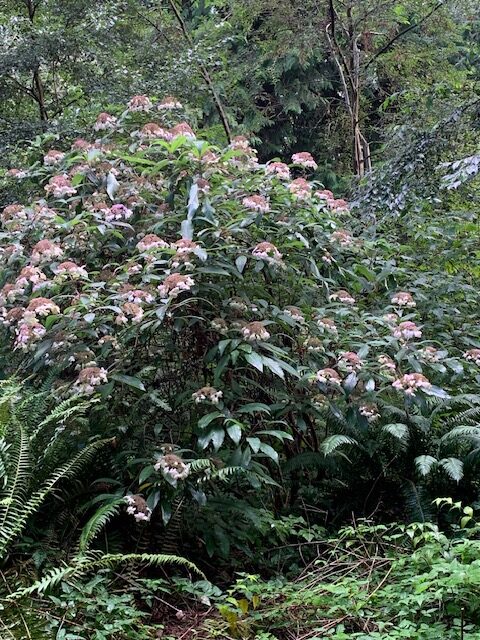
We’ve visited Susan Esche’s home garden before (A Garden Wedding, the Flowers, and the Deer), but today she’s taking us along to visit a public garden in Vancouver, British Columbia.
I was able to tour the beautiful University of British Columbia Botanical Garden in Vancouver in early September. The garden contains a woodland garden, a vegetable garden, a “physics” garden of medicinal plants, and an alpine garden. It is located adjacent to the campus and is open to the public.
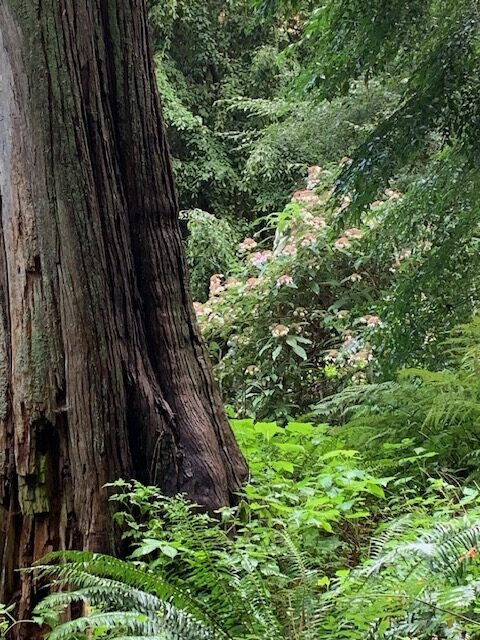


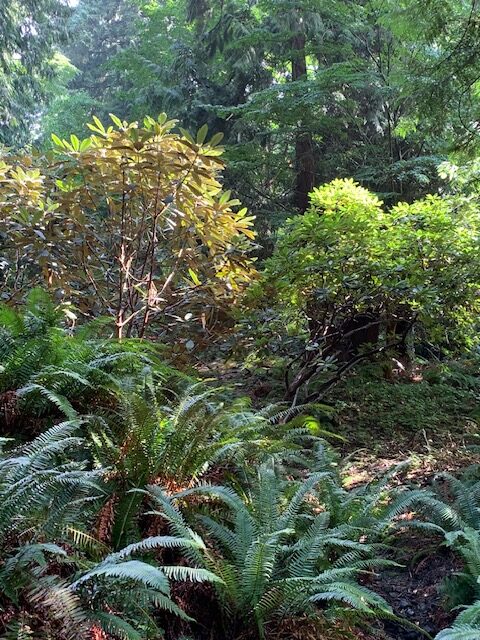
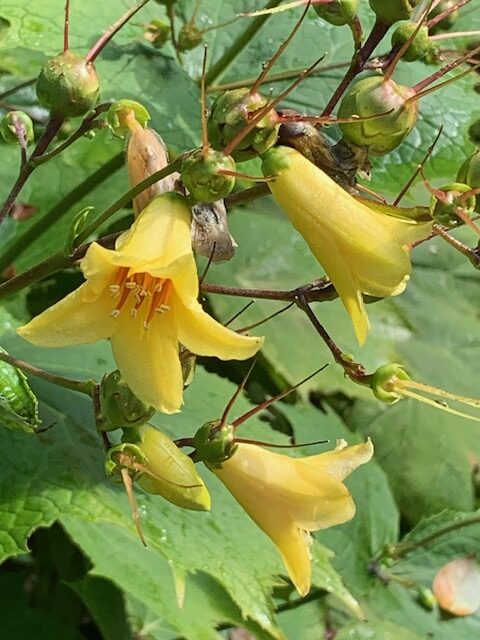

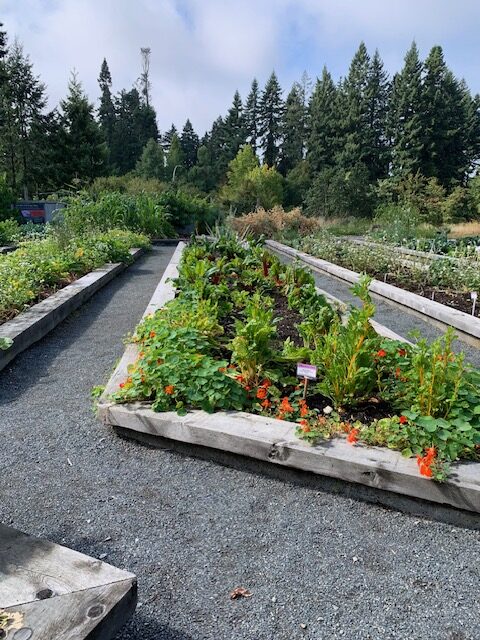
We’ll return with more photos of this garden tomorrow!
Have a garden you’d like to share?
Have photos to share? We’d love to see your garden, a particular collection of plants you love, or a wonderful garden you had the chance to visit!
To submit, send 5-10 photos to [email protected] along with some information about the plants in the pictures and where you took the photos. We’d love to hear where you are located, how long you’ve been gardening, successes you are proud of, failures you learned from, hopes for the future, favorite plants, or funny stories from your garden.
Have a mobile phone? Tag your photos on Facebook, Instagram or Twitter with #FineGardening!
Do you receive the GPOD by email yet? Sign up here.
Fine Gardening Recommended Products
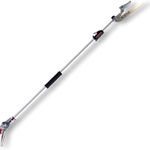
ARS Telescoping Long Reach Pruner
Fine Gardening receives a commission for items purchased through links on this site, including Amazon Associates and other affiliate advertising programs.
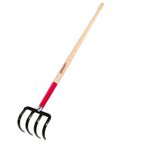
Razor-Back Potato/Refuse Hook
Fine Gardening receives a commission for items purchased through links on this site, including Amazon Associates and other affiliate advertising programs.
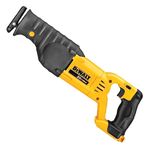
DeWalt Variable-Speed Cordless Reciprocating Saw
Fine Gardening receives a commission for items purchased through links on this site, including Amazon Associates and other affiliate advertising programs.
- 18.31 x 6.13 x 4 inches
- 1-1/8-inch stroke length
- Variable speed trigger with 0-3000 spm





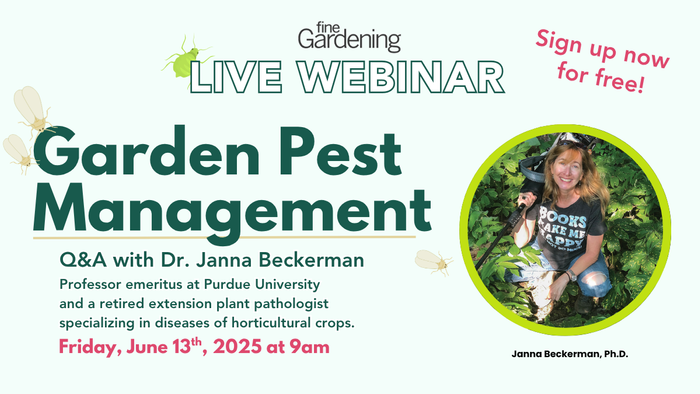
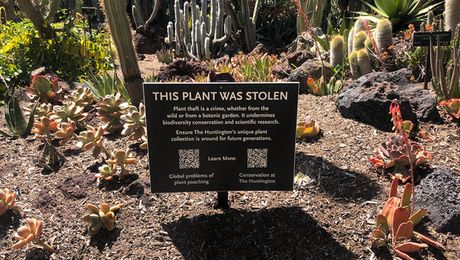
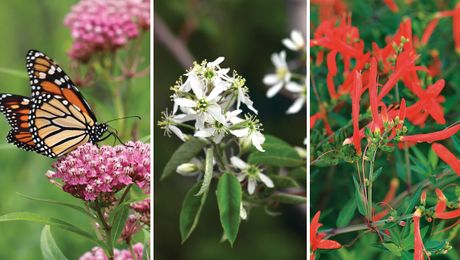


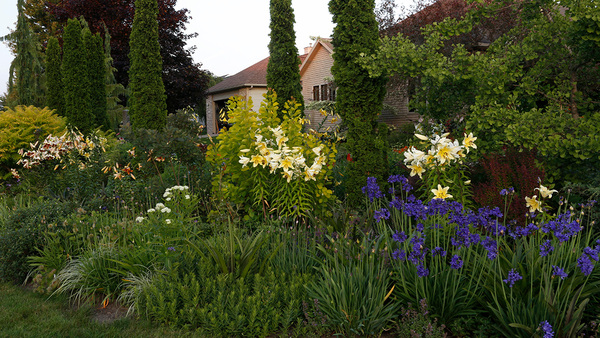




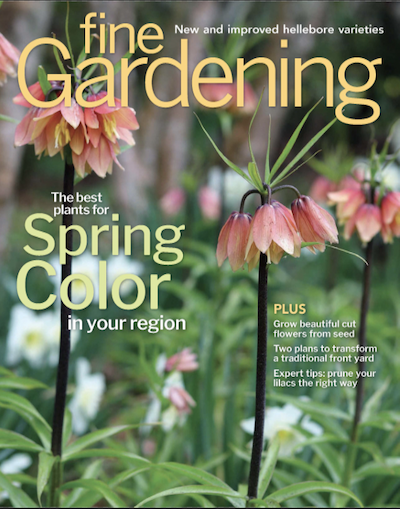


Comments
I love the woodland garden, and your interesting photo of the tree that took root in an old stump with the fern...so often I've seen seedlings start like that but never grow this big!
Log in or create an account to post a comment.
Sign up Log in